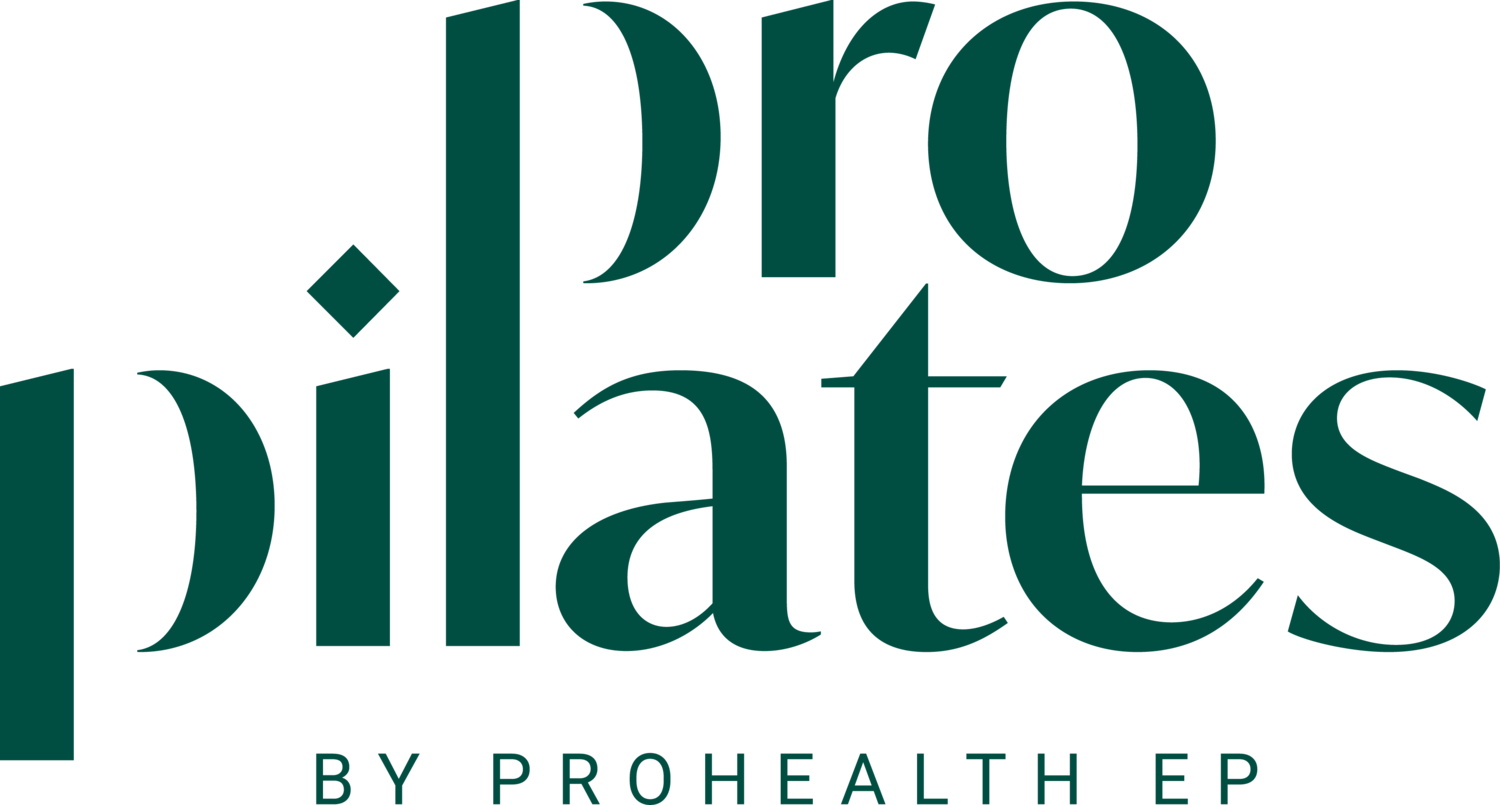Bouncing Back Safely
What to Know About Returning to Impact Exercise After Birth
For many women, the idea of running, jumping, or returning to high-intensity workouts after giving birth can feel equal parts exciting and intimidating. While movement is essential for recovery and mental health, it’s important to understand that your postpartum body is healing and returning to impact exercise too early or without the right guidance can lead to complications.
At ProHealth EP and ProPilates, we’re here to help you rebuild confidence and strength safely. Here's what you need to know about getting back into impact-based exercise like running, HIIT, and jumping without compromising your pelvic floor or musculoskeletal health.
Red Flags: When to Pause and Seek Help
Before returning to running or other high-impact activities, pay attention to the following symptoms. If you’re experiencing any of these, it’s important to hold off and seek assessment, ideally from a pelvic floor physiotherapist:
🔴 Urinary or faecal incontinence
🔴 Vaginal pressure, heaviness, bulging, or dragging sensation
🔴 Ongoing vaginal bleeding
🔴 Musculoskeletal pain
🔴 Pelvic floor weakness paired with signs of prolapse (e.g., widened hiatus)
These signs may indicate that your body isn’t quite ready, and that additional support or rehab is needed first.
Amber Flags: Take it Slow
Even if you’re feeling mostly okay, certain conditions warrant a more cautious approach and a longer lead-in to impact activities. These include:
🟠 Less than 3 months postpartum
🟠 Hypermobile joints or a diagnosis of Ehlers-Danlos Syndrome
🟠 Pelvic floor dysfunction prior to or during pregnancy
🟠 Ongoing breastfeeding (due to hormonal influences)
🟠 Mental health conditions such as postnatal depression, PTSD, or disordered eating
🟠 High BMI or healing from c-section/perineal tearing
🟠 Signs of RED-S (Relative Energy Deficiency in Sport)
In these situations, it's best to continue focusing on strength, mobility, and low-impact movement until your body is better prepared.
Green Flags: Ready to Rebuild
You’re likely ready to begin a gradual return to impact when:
🟢 You’re more than 3 months postpartum
🟢 You have at least 6 weeks of consistent aerobic and strength training under your belt
🟢 No pelvic floor symptoms (e.g., leakage or heaviness)
🟢 No musculoskeletal pain
🟢 You pass impact and RED-S screening tools
🟢 You understand and accept the need for a gradual progression plan
This doesn’t mean sprinting out the gate but it does mean your body has a solid foundation to begin reintroducing impact safely.
What is RED-S and Why Does It Matter?
RED-S (Relative Energy Deficiency in Sport) occurs when the body isn’t getting enough fuel to meet the demands of physical activity and recovery. It can affect everything from bone density and menstrual function to energy, mental health, and injury risk.
Our team uses the RED-S Clinical Assessment Tool to help identify risk levels and make sure your body is ready for the physical demands of high-impact training.
How Our Women’s Health Exercise Physiologists Can Help
At ProHealth EP and ProPilates, we know that no two postpartum journeys are the same—and your return to impact movement should reflect that. Our Women’s Health Exercise Physiologists are experts in postnatal recovery, pelvic floor health, and gradual return to performance.
Here’s how we support your comeback:
⭐ We assess your pelvic floor and core function in collaboration with pelvic physios
⭐ We identify any musculoskeletal limitations, scar tissue concerns, or hormone-related barriers
⭐ We guide you through progressive strength training to rebuild support structures
⭐ We create tailored pathways to return to running, HIIT, and jumping based on your individual timeline and goals
⭐ We track progress and adjust intensity using tools like the RPE scale and screening benchmarks
Whether your goal is to chase your toddler across the park or return to competitive sport, we’ll help you move forward with confidence.
Take the Next Step, Safely!
Feeling strong and capable after birth is possible and with the right guidance, you don’t have to navigate it alone. Contact us to have an assessment with one of our exercise physiologists, or book an appointment online today.

